The Worcester Art Museum has begun the next major step in its evolution. Extensive renovations, upgrades, and repairs are underway to transform our historic campus. The scope of the work is immense, and through careful sequencing of projects, the Museum has remained open.
The projects listed below are some of the highlights. There are more than 130 individual capital projects, all supported by our landmark fundraising campaign, A Bold Step Forward: Campaign for the Worcester Art Museum.
Envision our future with us and learn how you can get involved.

In progress
Arms and Armor Galleries
Exhibiting a beloved collection
Opening in late 2025, the new Arms and Armor Galleries will span over 5,000 square feet of transformed space. Innovative displays will allow more than 1,000 objects to be on view at once, showcasing the global and historical breadth of arms and armor in new ways.

Completed 2021
Lancaster Plaza
Providing welcoming access for all visitors
The new Lancaster Street entrance includes an elegant new staircase, revitalized landscape, and a new elevator that provides access to all three floors of the Museum’s Higgins Education Wing.

Completed 2023
Library relocation and modernization
Transforming an art research library
The modernized, newly relocated library better accommodates visitors, improves both storage and access to library collections, and makes it possible to host a wider array of programs through modular design and new technology.
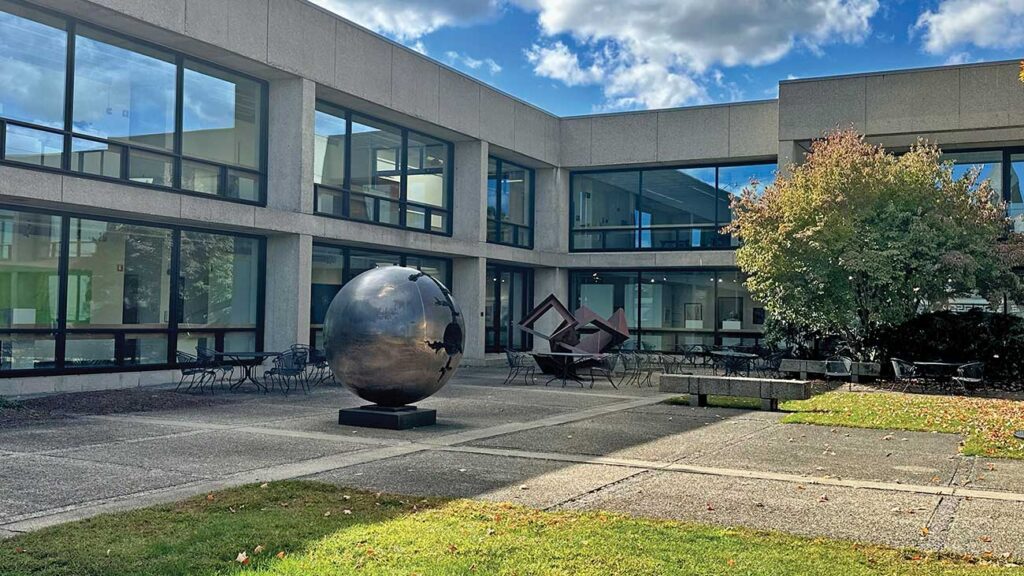
Completed 2023
Higgins Education Wing refresh
Creating a greener Worcester Art Museum
The Higgins Education Wing received numerous upgrades to sustainability and safety, including new energy-efficient windows and skylights that reduce energy use and greenhouse gas emissions.
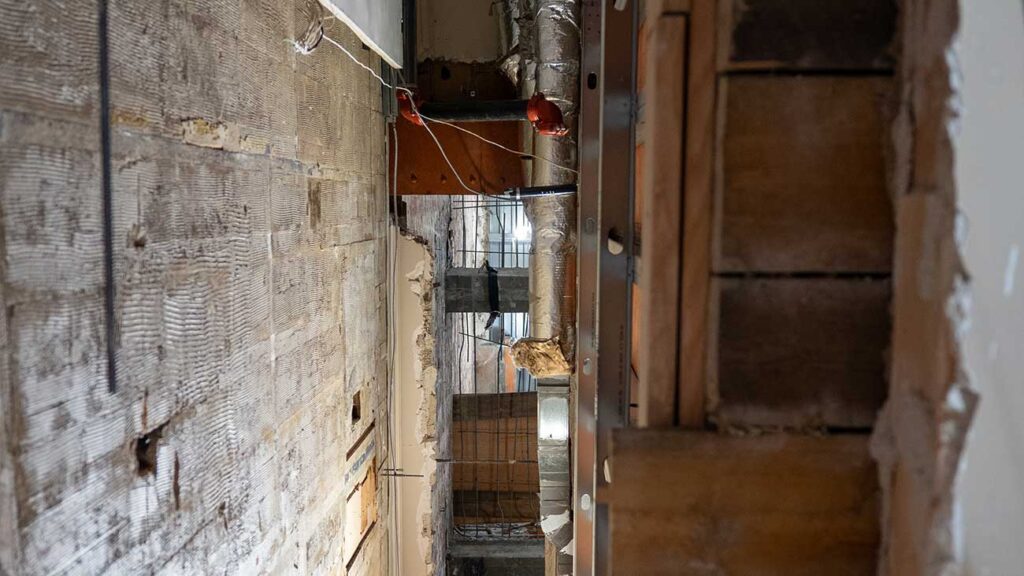
In progress
Elevator modernization
Expanding accessibility across four floors of art
Through a staggeringly complex process impacting every level of the Museum, the building’s central elevator shaft is being widened and a new system is being installed. The new elevator will bring modern standards of accessibility to all four floors of the Museum.
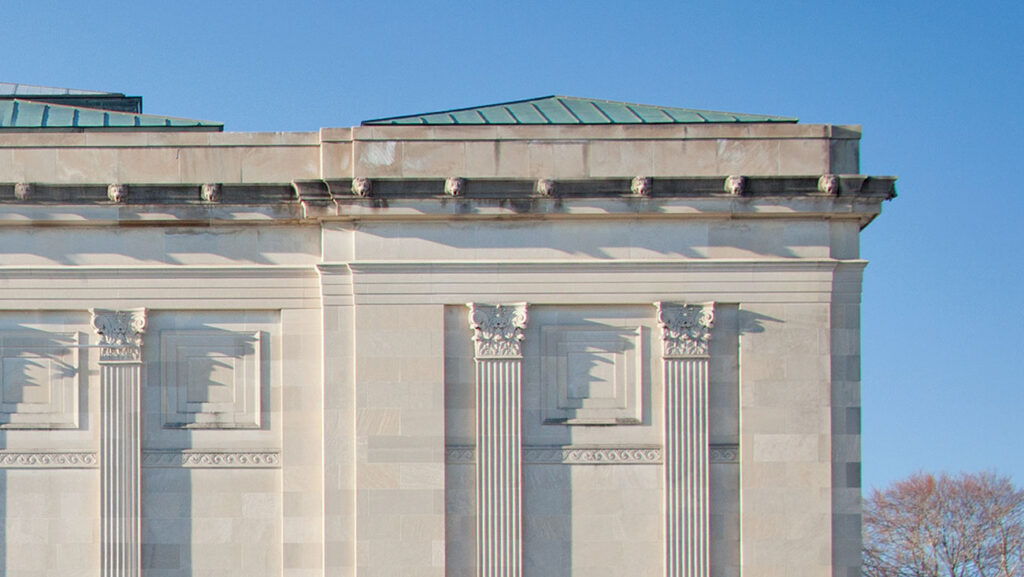
Completed 2024
Roof replacements and masonry repairs
Preserving a historic building
Roofs were replaced over the 1930s addition to the Museum and areas of masonry on the original 1898 building were restored to ensure the Museum’s historic campus will be enjoyed for generations to come.
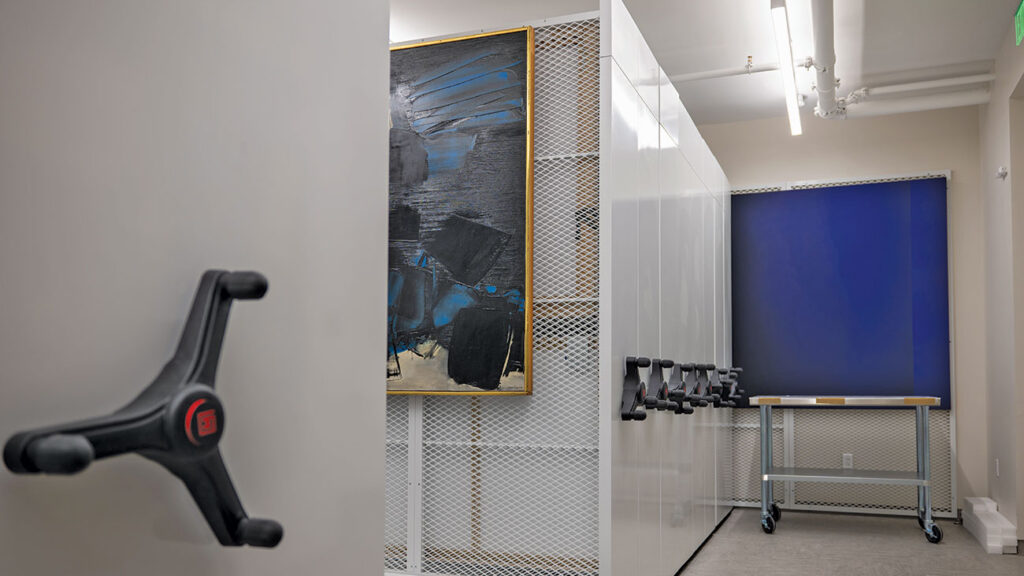
Completed 2024
Collection storage upgrades
Caring for nearly 40,000 artworks
Behind the scenes, spaces for artwork storage have been upgraded. The enhanced system enables the Museum to ensure the highest quality of care for the collection now and into the future.
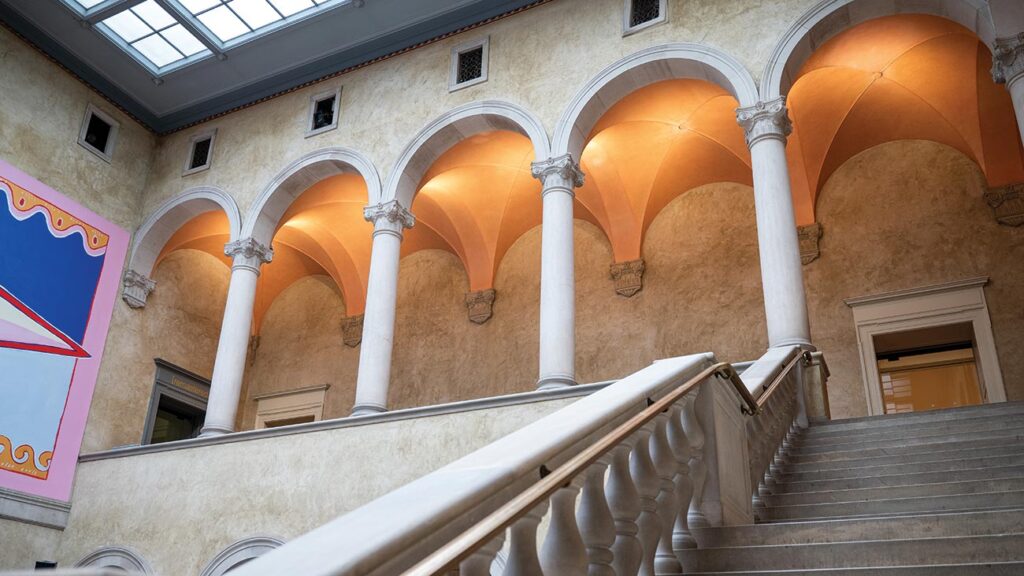
In progress
Climate control improvements
Providing a comfortable environment for visitors and art alike
Upgrades to the building’s air handling and climate control systems are underway, enhancing the Museum’s ability to care for the collection and ensuring a comfortable experience for visitors.

In progress
American Art Galleries
Telling a more inclusive story of American art
Three galleries dedicated to American art are being completely redesigned and reinterpreted. Integrating painting, sculpture, and decorative arts, the reimagined galleries will display these works in an entirely new context to present a more complete understanding of American art.
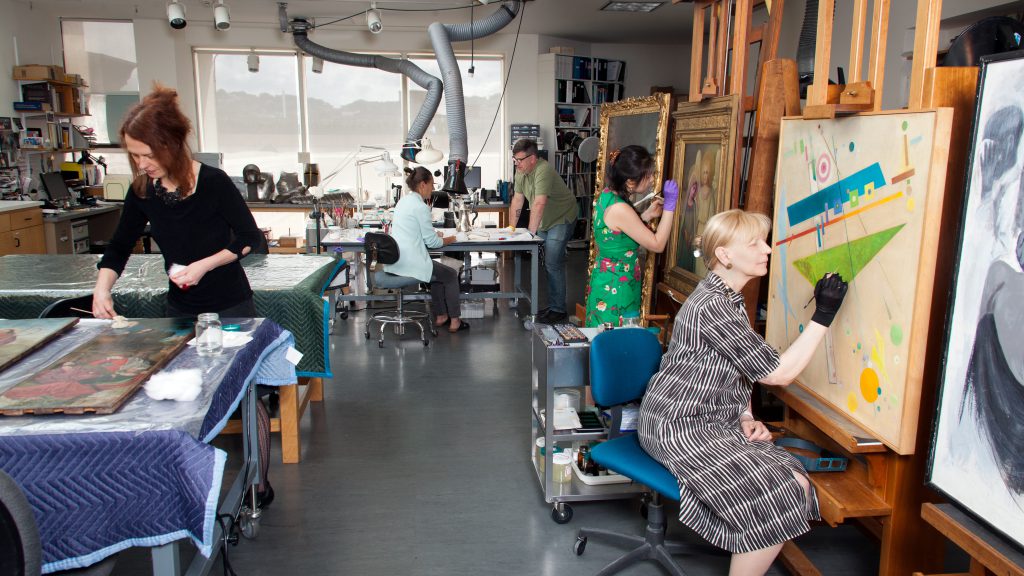
In progress
Fuller Conservation Lab
Updating high-tech workspaces
Numerous upgrades are being made to the Museum’s in-house Fuller Conservation Lab. Watch for exciting Conservation in Action projects throughout the galleries while this work is in progress.
Thanks to our generous supporters
The Worcester Art Museum is pleased to acknowledge the generous supporters of the following capital improvement projects:
Central elevator modernization
The Central Elevator Project is supported by the Museum’s Facility Reserve Fund, created by the George I. Alden Trust and Stoddard Charitable Trust. It is also funded in part by the Ruth H. and Warren A. Ellsworth Foundation, C. Jean and Myles McDonough Charitable Foundation, and two anonymous funders. Additional support provided by the Mass Cultural Council Universal Participation Innovation Fund.

Roof replacements and masonry repairs
Roof replacements and masonry repairs were supported by the Museum’s Facility Reserve Fund, created by the George I. Alden Trust and Stoddard Charitable Trust; C. Jean and Myles McDonough Charitable Foundation; and an anonymous funder.
Collection storage expansion
Collection storage upgrades were supported by the Museum’s Facility Reserve Fund, created by the George I. Alden Trust and Stoddard Charitable Trust; C. Jean and Myles McDonough Charitable Foundation; and an anonymous funder.
Climate control improvements
Climate control improvements are supported by the Museum’s Facility Reserve Fund, created by the George I. Alden Trust and Stoddard Charitable Trust. The project is also funded in part by the Albert J. Gifford Charitable Trust; Hoche-Scofield Foundation, Bank of America, N.A., Co-Trustee; C. Jean and Myles McDonough Charitable Foundation; and two anonymous funders.
American Art Galleries
The reimagination and reinstallation of the early American art galleries is generously supported by the Henry Luce Foundation, Terra Foundation for American Art, and the Americana Foundation.



Fuller Conservation Lab
Conservation Lab upgrades are supported by the Museum’s Facility Reserve Fund, created by the George I. Alden Trust and Stoddard Charitable Trust. The project is also funded in part by an anonymous funder.

